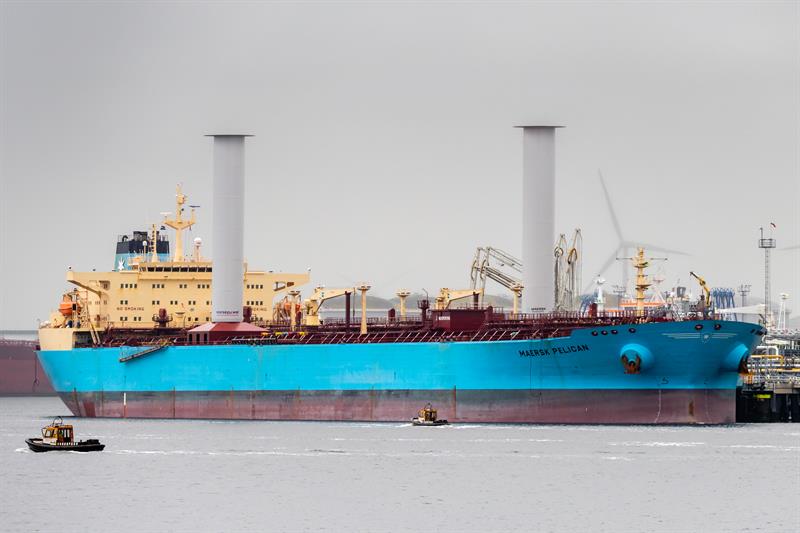Norsepower is introducing wind power back to the shipping industry to reduce fuel consumption, reduce environmental emissions and reduce transit times.

The ‘sails’ are 18, 24 or 30-metre-long rotating cylinders fixed to the vessel. They are based on the principle of the Flettner rotor invented in 1925. This new take on the technology, according to CEO and co-founder Tuomas Riski, can achieve fuel and emission reductions of up to 20%, although he admits they do look a bit odd.
 “When diesel engines came to market people said the funnels were so ugly compared to beautiful sails, and maybe they were right,” he explained. “But then they saw the benefits, the advantages the engines gave the vessels, and accepted them. It was simply a process of familiarisation, and I think it’ll be the same here as we return to a more efficient source of wind power.” Tuomas says that the company has proof of concept and intends to open a factory in China later this year.
“When diesel engines came to market people said the funnels were so ugly compared to beautiful sails, and maybe they were right,” he explained. “But then they saw the benefits, the advantages the engines gave the vessels, and accepted them. It was simply a process of familiarisation, and I think it’ll be the same here as we return to a more efficient source of wind power.” Tuomas says that the company has proof of concept and intends to open a factory in China later this year.
The first ‘sails’ were installed back in 2014 on a Finnish RoRo vessel, Estraden, and have performed well. In 2018 the cruise ferry Viking Grace and 245-metre-long crude oil tanker Maersk Pelican were fitted with the technology. Tuomas says current ROI is in the range of three to nine years, but with increased manufacturing leading to reduced costs - not to mention the potential of more stringent environmental regulations leading to higher costs for fossil fuel operation - that timescale is set to come down. “This isn’t just about being green,” he stresses. “It’s about a smarter way of doing business for shipowners.”
 How does it work?
How does it work?
The vertical cylinders rotate with the force of the wind. This naturally speeds up the movement of air at the front of the rotor, reducing pressure and creating a suction effect. This is exactly the same principle that allows a standard sailing vessel to make way towards the wind. Automated control systems tune the rotor sails in response to wind strength, direction and ship speed. The unit is constantly optimised to ensure peak performance.